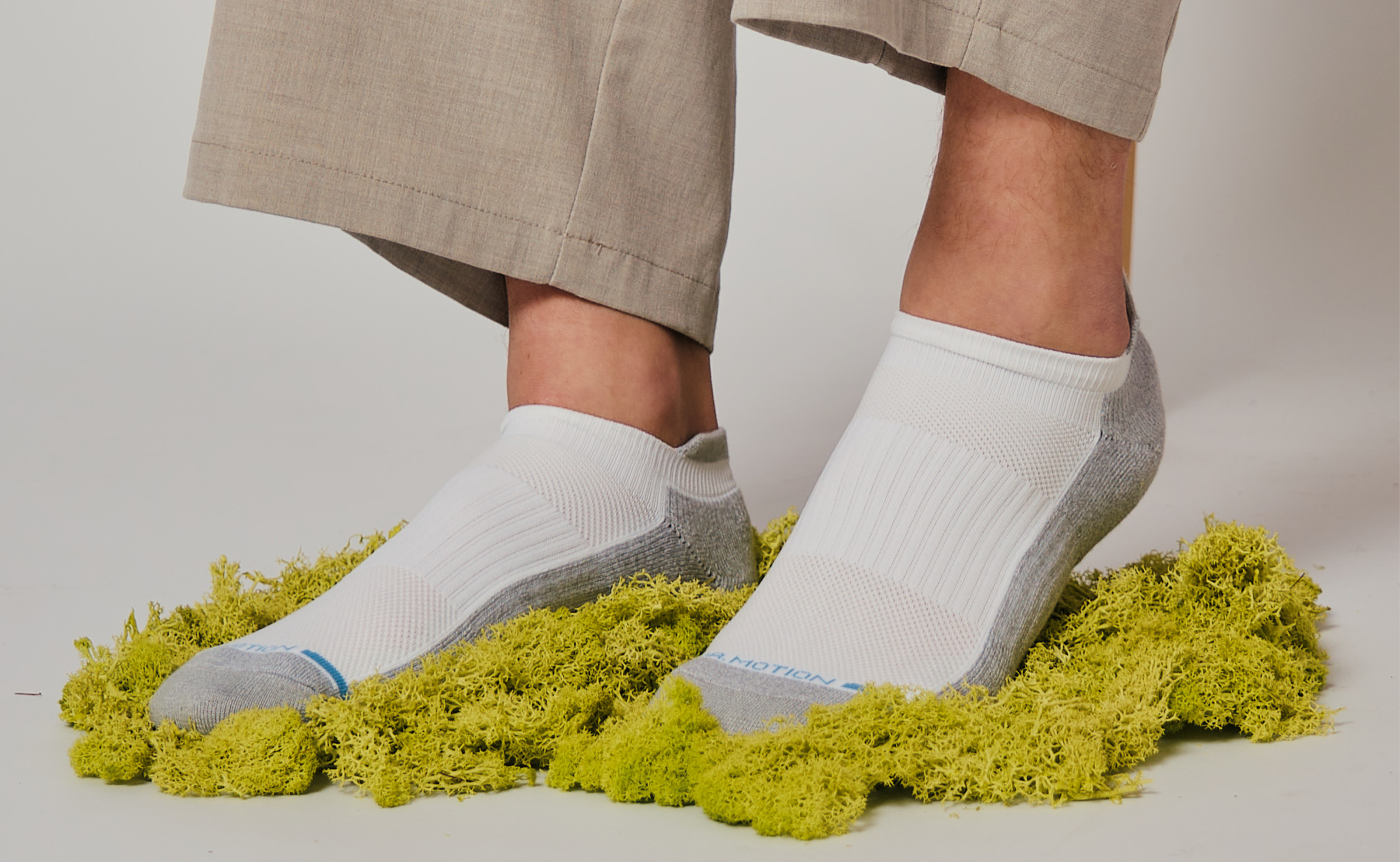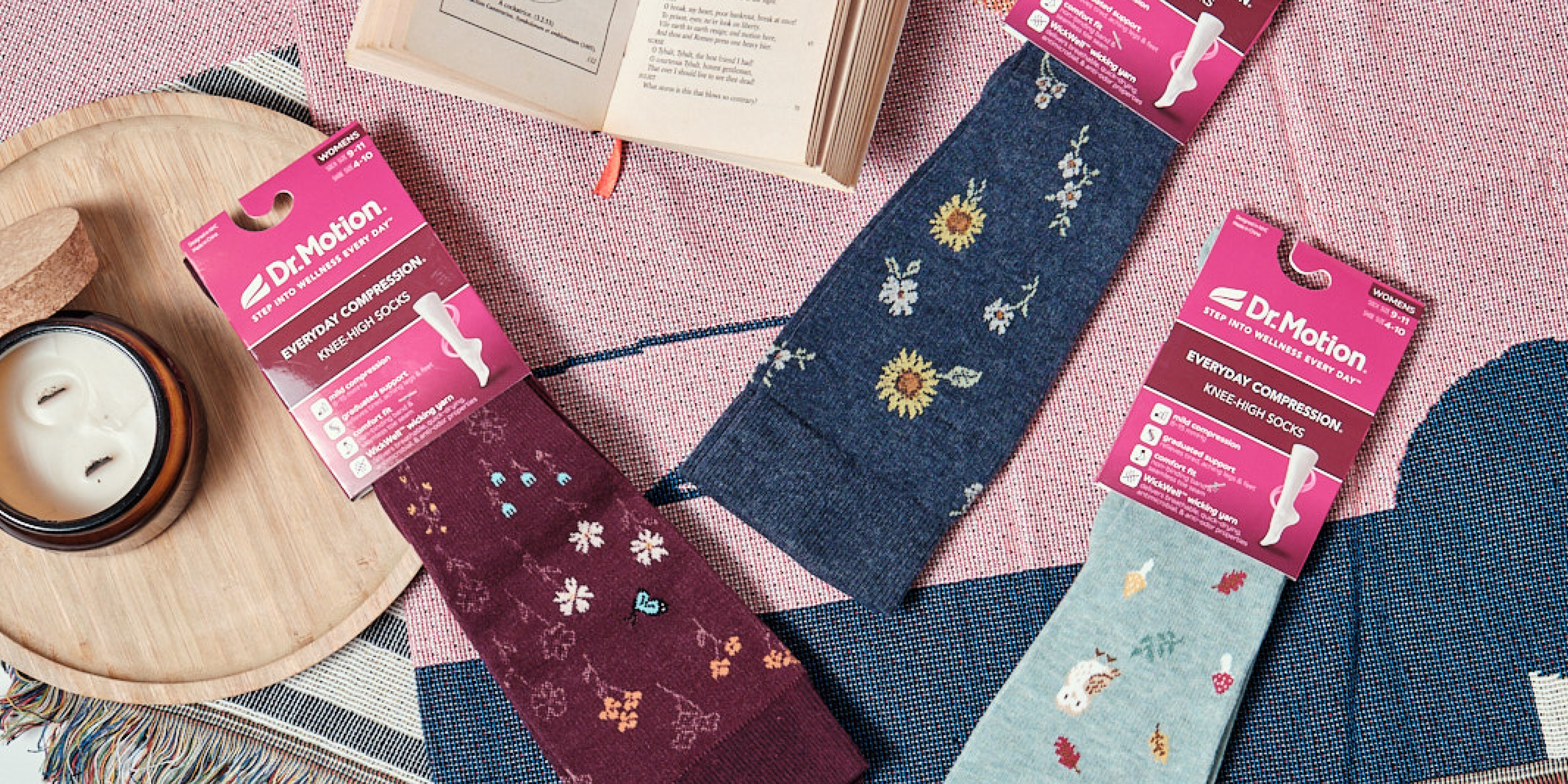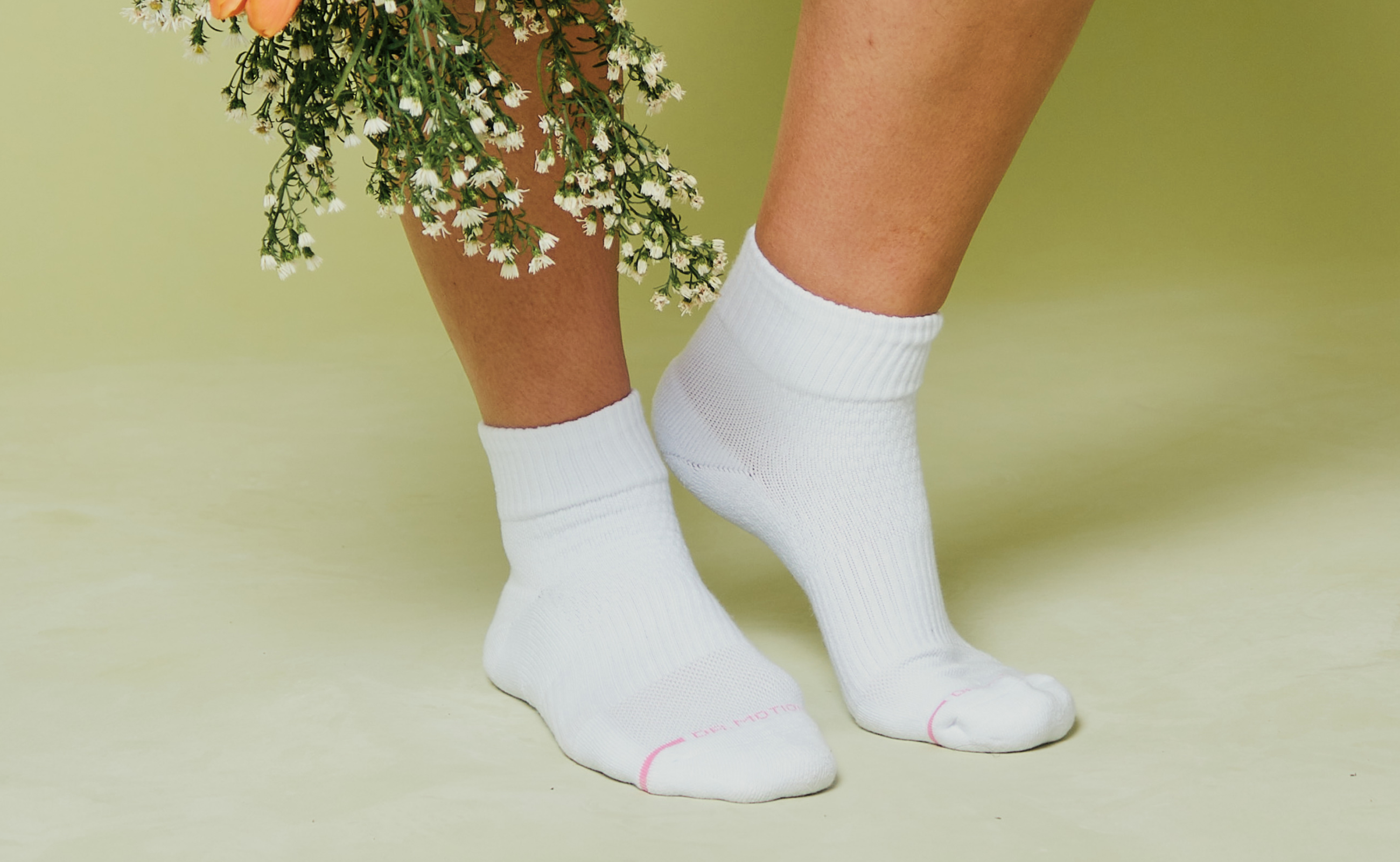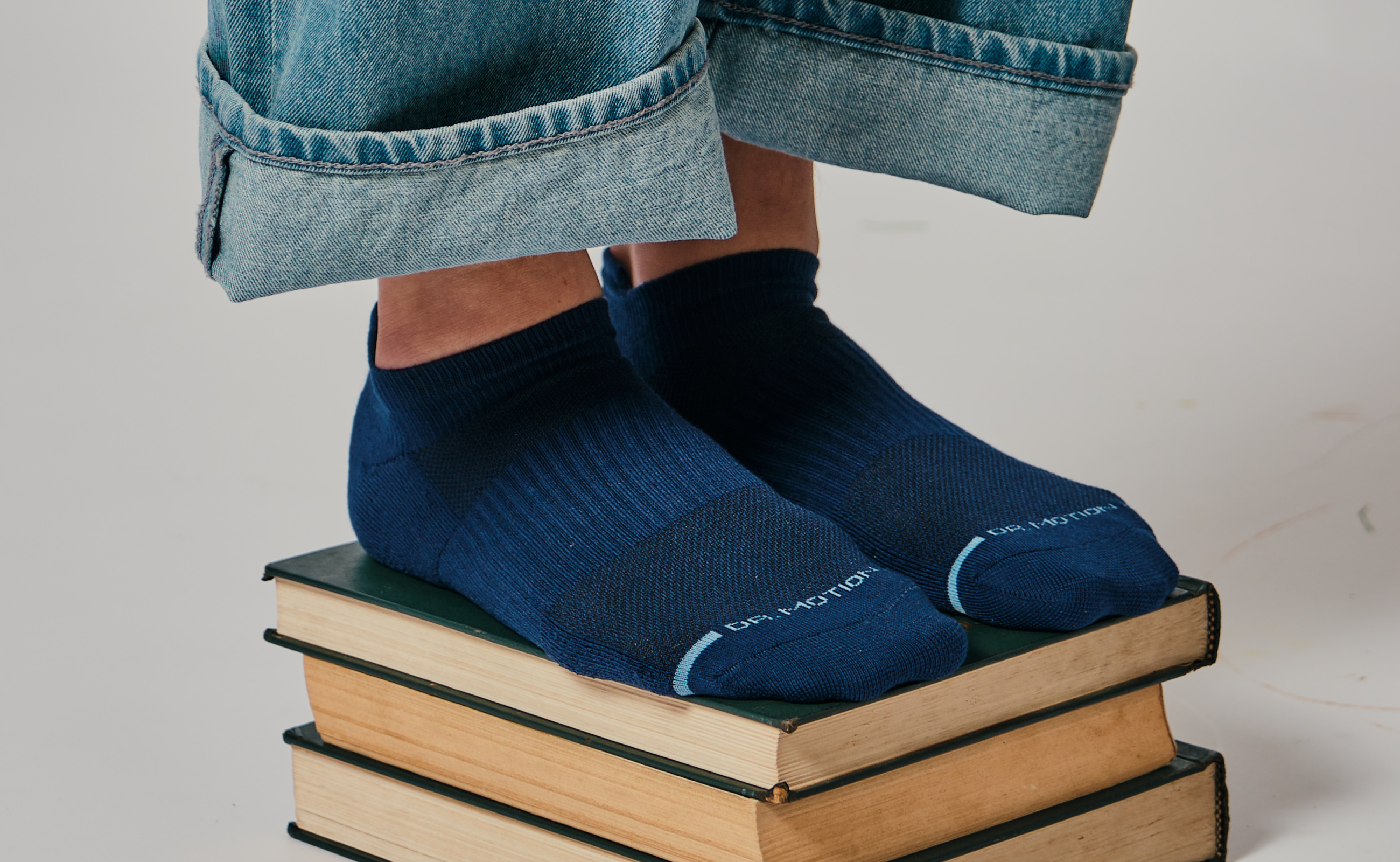Stay Warm with Compression Socks [Infographic]
While some people have chronically cold feet, others live in climates where winter temperatures drop so low that walking outdoors can be brutal for anyone. But one thing we may all agree on, once your feet get chilly, it's hard to keep the rest of your body warm. This can be true for other body extremities like the hands or ears. When the weather turns cold, the body's blood circulation slows down. This will initially affect those parts of the body furthest away from the heart - like the lower legs, feet, arms, lower arms and hands.
Also, your blood vessels begin to narrow which reduces blood flow near the body’s surface. This can start the process of frostbite. For persons with underlying medical conditions that contribute to poor blood circulation, cold temperatures can be even more difficult. If you want to beat the cold, then choose the best compression socks for cold feet with poor circulation.

Do Compression Socks Keep you Warm?
One of the benefits of compression socks is their ability to keep your feet warm. Wearing compression socks the right way can help moderate body temperature. For most people, the increased blood circulation in the lower legs helps generate warmth, especially in cold weather. Whether you're hiking, walking, standing or wearing compression socks for their fun colors, make sure they are not too tight as to restrict blood circulation.
Graduated compression socks are made specifically to increase blood flow in the lower legs. It is warm blood that keeps our core body temperature steady and prevents cold feet, hands, and ears.

Winter Compression Socks for Circulation Problems
Those who have cold feet due to circulation issues will struggle to keep enough warm blood moving to the feet. This sluggish flow of blood can be the cause of cold hands and cold feet. There are a number of reasons why someone has poor blood circulation including:.
- A sedentary lifestyle
- Smoking tobacco products
- Overweight
- High cholesterol
- Heart condition
While it is always advised to speak with a health professional if you have a chronic or acute medical condition, each of the above can contribute to cold feet due to poor circulation. Not only do compression socks keep you warm, but they can also aid health conditions that reduce blood flow to the legs and feet.
Choosing The BEST COMPRESSION SOCKS FOR COLD FEET
When choosing compression socks for cold feet, consider that you might be wearing them all day. For this reason, the amount of compression (or pressure on the legs) should be mild to moderate. Choose stockings rated mild compression of 8-15 mmHg or moderate which is 15-20 mmHg. Next, you want to make sure your feet stay dry. This includes absorbing body sweat or moisture that may have passed through your shoes. Choose copper compression socks that feature moisture-wicking to help keep your feet dry which increases warmth.
Knee-high compression socks for winter are best to keep the calves and feet warm. Choose a cotton blend or premium cotton material that is both breathable and anti-microbial. The best compression socks for cold feet with poor circulation will prevent heat loss by regulating your body temperature.
Takeaways
- Cold temperatures will slow down blood flow which makes you feel colder
- Blood vessels will narrow when it is cold, requiring more pressure to maintain flow
- Compression socks can help moderate body temperature and increase blood flow
- Choose mild or moderate compression socks that are not too tight
Get The Right Warm Compression Socks for Your Feet!
Dr. Motion makes everyday compression socks for men and women that are comfortable and can be worn all day - even in the coldest weather. Choose from a variety of colors, patterns and prints for business, fun or sports wear while supporting your health and wellness. Dr. Motion compression socks offer both firm support and extra warmth throughout the long winter months.
Disclaimer: This article provides information solely for educational purposes, including but not limited to text, graphics, images, and other materials contained herein. This article is not intended to substitute for professional medical advice, diagnosis, or treatment. Always seek the advice of your physician or another qualified healthcare provider with any questions you may have regarding a medical condition.











